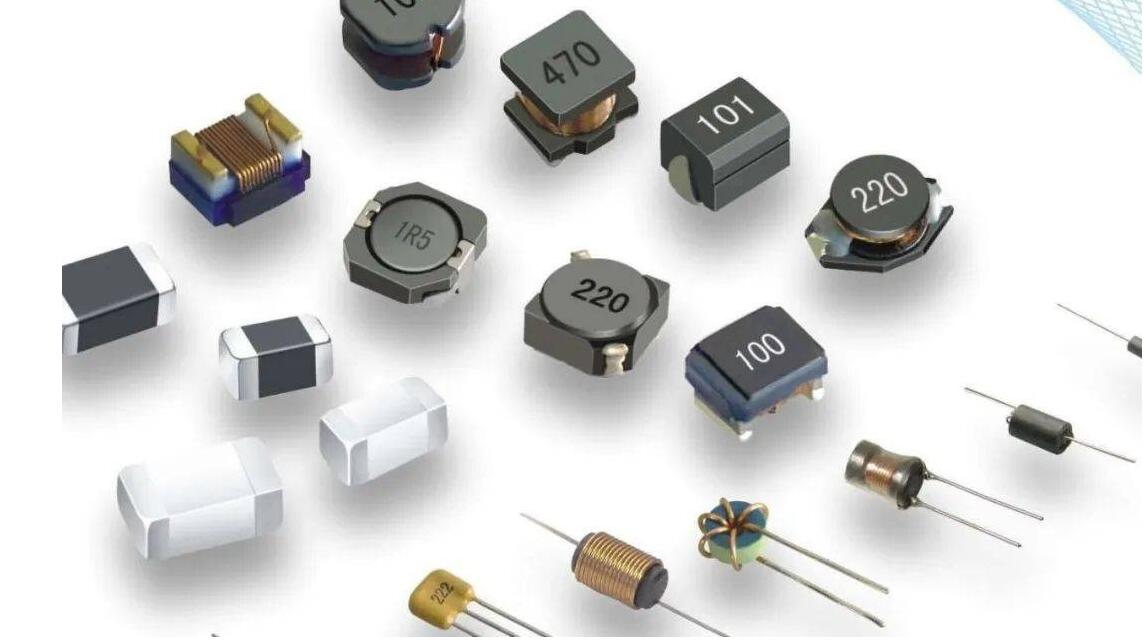Circuit board components are components of electronic components and small machines and instruments, which are often composed of several parts and can be widely used in similar products; Often referring to certain components in industries such as electrical appliances, radios, and instruments, it is a general term for electronic devices such as capacitors, transistors, hairsprings, and springs.

Circuit board components include resistance, capacitance, inductance, Potentiometer, electronic tube, radiator, electromechanical component, connector, semiconductor discrete device, electroacoustic device, laser device, an electronic display device, photoelectric device, sensor, power supply, switch, micro and special motor, electronic transformer, relay, printed circuit board, integrated circuit, various circuits, piezoelectric, crystal, quartz, ceramic magnetic materials Substrates for printed circuits, specialized materials for electronic functional processes, electronic adhesive (tape) products, electronic chemical materials and components, etc.
Classification of circuit board components
Electronic classification
1: Components: Products that have not changed the molecular composition of the raw materials during processing by the factory can be referred to as components.
Components belong to devices that do not require energy. It includes resistance, capacitance, and inductance.
The components are divided into:
1). Circuit components: diodes, resistors, etc.
2). Connecting components: connectors, sockets, connecting cables, printed circuit boards (PCBs), etc.
2: Devices: products whose molecular structure of raw materials is changed during production and processing are called devices
Devices are divided into:
1). The main characteristics of active devices are: self-consumption of electrical energy, the need for external power supply.
2). Discrete devices are divided into bipolar crystal transistors, ield-effect transistors, thyristors, and semiconductor resistors and capacitors.
Resistance
The resistance is represented by "R" and a number in the circuit, for example, R1 represents the resistance numbered 1. The main functions of resistors in circuits are shunt, current limiting, voltage sharing, bias, etc.
Capacitance
Capacitance is generally represented by "C" and numbers in the circuit (for example, C13 represents the capacitance numbered 13). A capacitor is a component composed of two metal films adjacent to each other, separated by an insulating material in the middle. The main characteristic of a capacitor is its direct current isolation. The capacity of a capacitor represents the amount of energy that can be stored. The obstruction effect of a capacitor on an AC signal is called capacitive impedance, which is related to the frequency and capacitance of the AC signal.
Inductance
Although inductors are not widely used in electronic manufacturing, they are equally important in circuits. We believe that inductors, like capacitors, are also energy storage components that can convert electrical energy into magnetic field energy and store energy in the magnetic field. Inductors are represented by the symbol L, and their basic unit is Henry (H), commonly measured in milliohms (mH). It often works together with capacitors to form LC filters, LC oscillators, etc. In addition, people also use the characteristics of inductance to manufacture resistance coils, transformers, relays, etc.
Diode
A semiconductor diode, also known as a crystal diode, abbreviated as a diode; is an electronic component that only transmits current in one direction. It is a type of packaging consisting of a PN junction, corresponding electrode leads, and a shell.
The role of circuit board components
Components are the basic components in electronic circuits, and their functions mainly include the following aspects:
1. Provide electrical parameters: Components can provide electrical parameters such as resistance, capacitance, inductance, etc. These electrical parameters can meet the requirements of different parameters in the circuit, thus achieving the processing and control of circuit signals.
2. Changing electrical parameters: Components can change their electrical parameters by changing their internal structure or working state. For example, diodes can achieve unidirectional conductivity, transistors can amplify signals, and operating amplifiers can control current and voltage.
3. Signal transmission: The components themselves have certain physical characteristics and can transmit signals and information. For example, optoelectronic devices can convert optical and electrical signals, which can achieve optoelectronic conversion and provide important support for fields such as digital communication and optical measurement.
4. Control circuit: Components can perform switch control, timing control, voltage regulation and other functions according to the needs of the circuit, thereby achieving precise control of the circuit. For example, microcontroller chips can control complex mechanical equipment and automation systems.
5. Implement different functions: Components can be combined to achieve specific functions in the circuit. For example, frequency converters can achieve speed regulation of AC motors, and digital locks can achieve safety control of equipment.
Circuit board components are the foundation, core, and key of circuits, playing a crucial role in the application of electronic circuits.